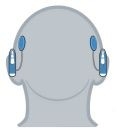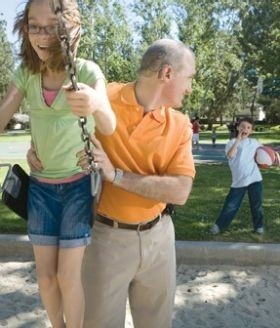
Bilateral Cochlear Implants Patient Materials
AB provides informative materials to help your patients understand how bilateral implantation may offer the best possible hearing.1
With two cochlear implants, your patients may experience: 2,3
- Better hearing in noisy enviornments, making it easier to hear in noisy offices
- Improved ability to localize sound, making it easier to know the direction of a honking horn, alarm, etc.
- Greater ease of listening, making it less exhausting to keep up with conversation
- Enhanced sound quality, making it easier to fully appreciate music and more
Technology Advances for Bilateral Implantation
Research Reinforces Early Bilateral Implantation in Children
Clinical research demonstrates that two cochlear implants greatly improve your pediatric patients’ ability to hear and understand speech better in noisy environments like classrooms and parks.1
Children Who Hear More Advance More
Binaural hearing is the optimal choice for your pediatric patients’ speech, language, and communication development. Stimulating the hearing nerves in both ears early in a child’s life may improve their ability to listen, talk, and learn along with their normal-hearing peers.
Literature on cochlear implants makes it clear that bilateral children – as well as adults – perform better with two cochlear implants.2
Fordelen ved 2 cochlear implantater
”Jeg kan sagtens huske, da jeg fik lyd på”, smiler Albert.
Han skippede hurtigt det almindelige høreapparat på det modsatte øre. ”Det var ret fantastisk, 24 timer efter Albert fik lyd på sit cohelar implantat, kunne han høre de høje toner”, fortæller Carina, mor til Albert, der hurtigt pressede på for at få sat gang i operationen på det andet øre.
— Carina Høgsted, mor til Albert, implanteret som 10 årig på første øre og 11 årig på øre 2.
Læs en spændende artikel om Alberts hørerejse i magasinet Phorum
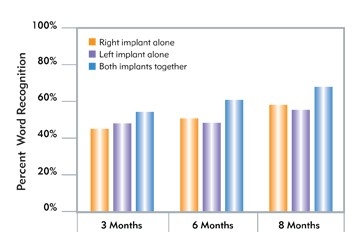
Adults with cochlear implants can understand speech better with two implants compared to listening with one implant alone – even in quiet settings. From romantic dinners to parent-teacher conferences, bilaterally implanted adults recognize more spoken words.
Study showed that for 15 adults implanted in both ears at the same time, average word scores in quiet 3, 6, and 8 months after implantation, understanding speech improves with two implants, and improves with experience.1
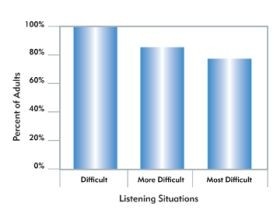
Two cochlear implants help adults interact with friends and business associates at noisy restaurants or clamorous parties. Adults who use two cochlear implants hear much better in noise compared to those with just one.
Study showed that adults had better scores with two implants compared to on implant for three tests of listening to speech in noise of varying difficulties.1
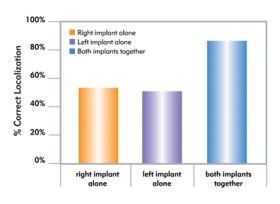
From ambulance sirens to honking car horns, two cochlear implants help adults more accurately determine where sound is coming from, just like their normal-hearing peers.
Study showed that localization accuracy for right implant alone, left implant alone or both implants together improved significantly when using two implants.1
The Listening Room for Your Patients & Your Practice
The Listening Room™ is a one-of-a-kind website that gives your patients a foundation of interactive and uniquely designed, FREE practice activities in English to improve their listening skills so that communicating with others is a successful experience.
Exercises can be done alone; with a therapist, parent, or listening coach; on paper; or with an iPod/MP3 player
References
Koch DB, Soli SD, Downing M, and Osberger MJ. 2009. Simultaneous Bilateral Cochlear Implantation: Prospective Study in Adults. Cochlear Implants International (February 26), Cochlear Implants International, n/a. doi: 10.1002/cii.413
Zeitler D, et al. 2008. Speech Perception Benefits of Sequential Bilateral Cochlear Implantation in Children and Adults: A Retrospective Analysis. Otology & Neurotology. 29 (3): 314–325.
Dunn, C, et al. 2008. Comparison of Speech Recognition and Localization Performance in Bilateral and Unilateral Cochlear Implant Users Matched on Duration of Deafness at Age of Implantation. Ear and Hearing. 29 (3): 352–359
